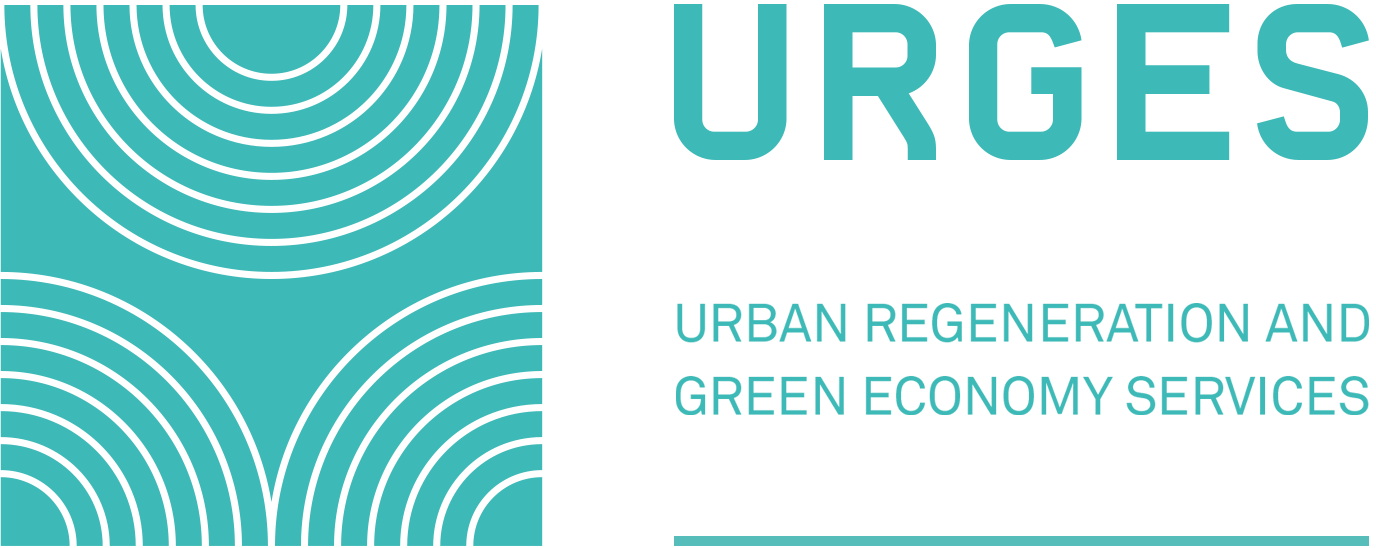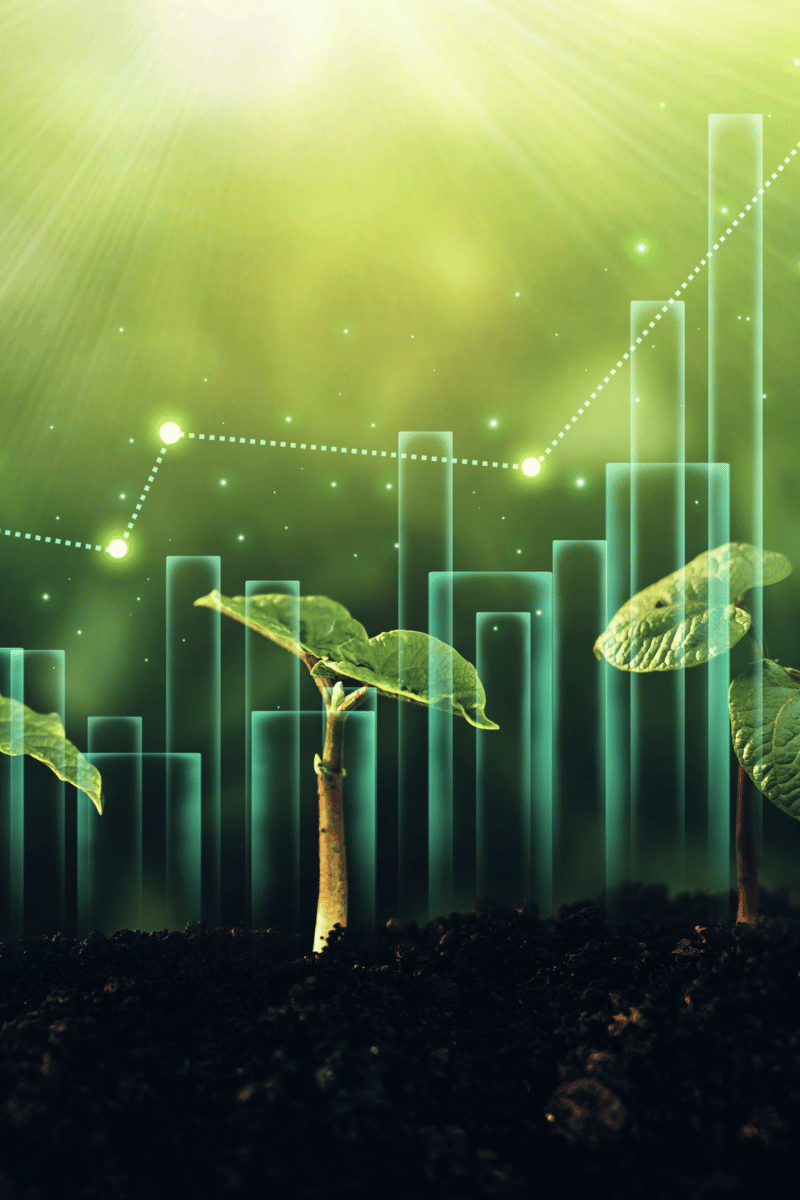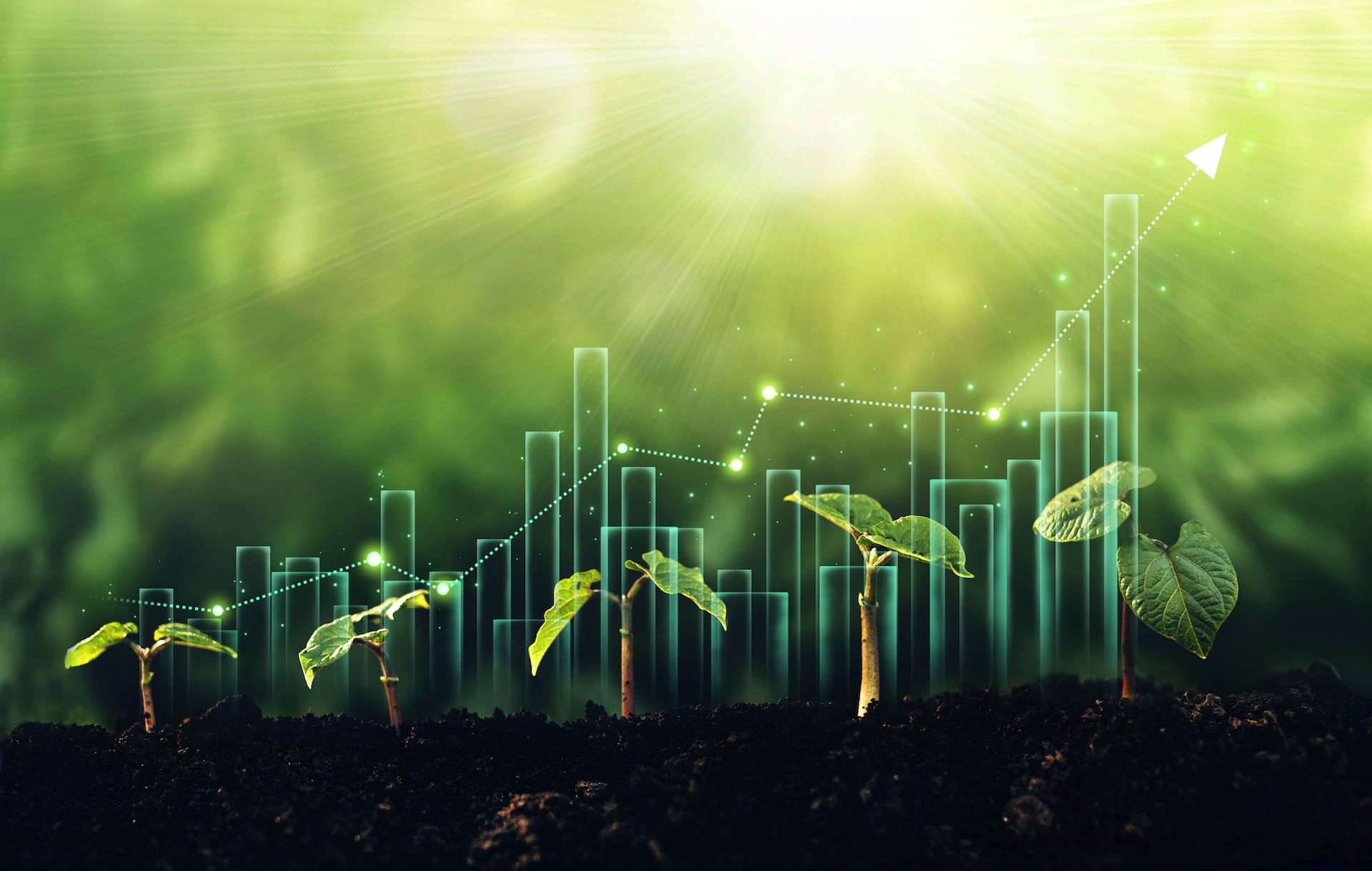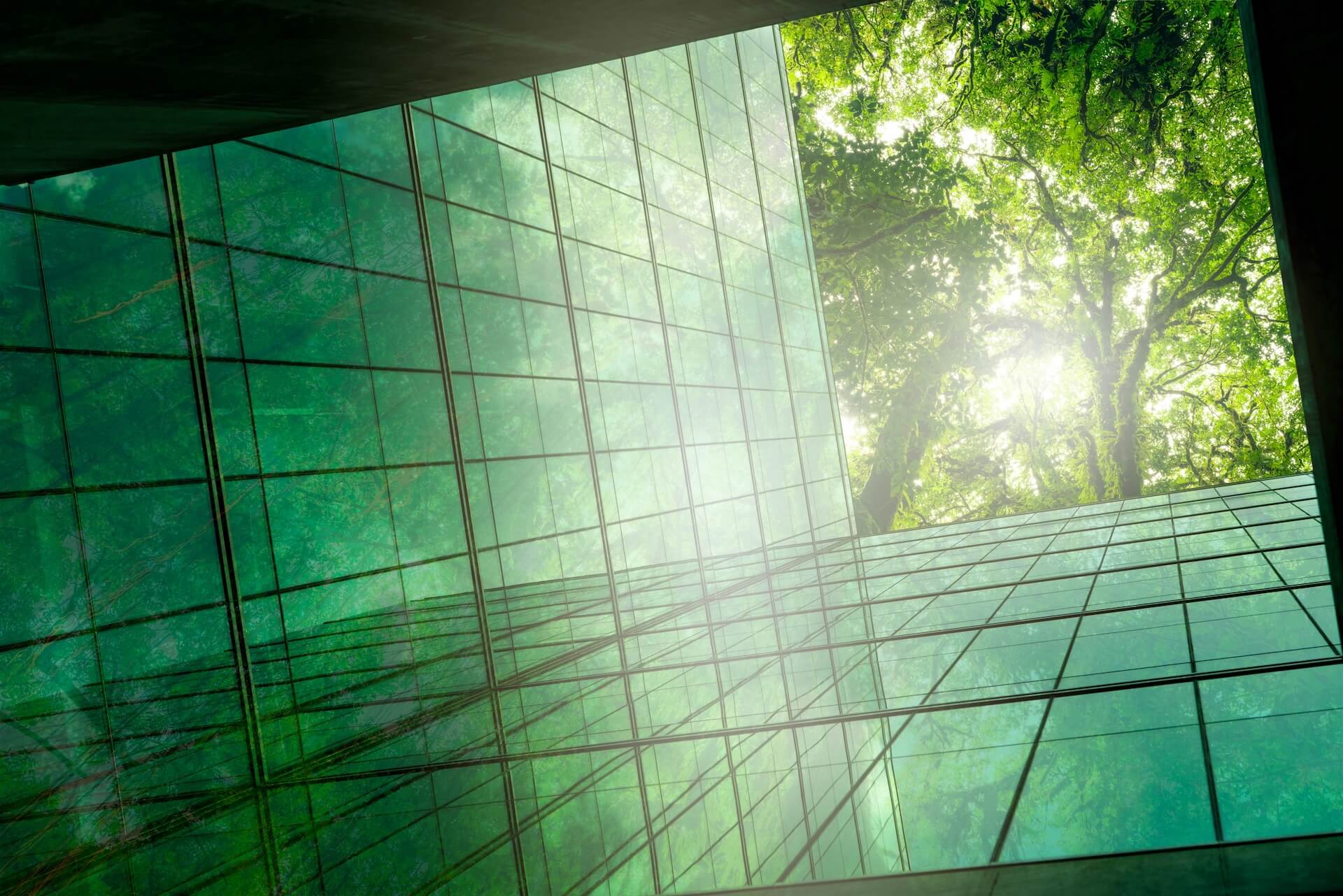green economy
and sustainable construction
What is sustainable construction in the green economy?
Sustainable building (or green building), from which sustainable architecture (bioarchitecture) derives, is an approach to the design, construction, renovation and management of buildings that aims to reduce the environmental impact of buildings throughout their life cycle.
Sustainable building is one of the pillars of the green economy, which prioritizes human well-being and social equity while reducing risks to ecosystems and addressing resource scarcity.
In line with the principles of the circular economy, sustainable construction emphasizes “Reuse-Recycling-Recovery” seeking to minimize waste and maximize the value of materials and resources throughout the life cycle of the building.
sustainable construction
and circular economy
What is the role of the circular economy in sustainable construction?
The circular economy has an important application in the construction sector, aiming to reduce the environmental footprint of buildings, conserve natural resources, minimize construction waste, and promote innovation in materials and construction techniques.
Green building focuses on energy efficiency, the use of environmentally friendly recycled and recyclable materials, water conservation, waste management during construction and building operation, and the pursuit of occupant well-being.
Implementing circular economy principles in sustainable construction can bring many benefits, including:
Reduction of environmental impact: Decreased resource consumption, waste production, and pollution.
Enhanced energy efficiency: Lower energy costs and greenhouse gas emissions.
Healthier indoor environments: Improved comfort and air quality for occupants.
Job creation: Development of opportunities in the sustainable construction sector.
green and circular
economy
according to Urges
Urges offers comprehensive solutions for the entire life cycle of buildings:
Zero energy buildings (NZEB): Designing energy-efficient structures integrating photovoltaic systems, advanced thermal insulation, and smart technologies.
Passive houses: Creating comfortable environments using solar energy, proper building orientation, and eco-friendly materials.
Renovation and redevelopment: Transforming existing buildings into sustainability models, enhancing energy efficiency, environmental health, and aesthetics.
Materials
Circular economy in construction: Utilizing recycled or regenerated materials to reduce environmental impact and extend the life of valuable resources.
Green building with innovative materials: Selecting environmentally friendly materials like responsibly sourced wood, bamboo, raw earth, and biocomposites for durable and healthy buildings.
Disassembly and recycling: Designing buildings with easily disassembled and recyclable components to promote circularity and minimize waste.
Construction and maintenance
Green building techniques: Using construction methods to maximize energy efficiency, thermal insulation and the use of renewable energy.
Preventive maintenance: Offering tailored maintenance plans to preserve building integrity, ensuring optimal efficiency and comfort.
Reconversion and adaptability: Designing flexible buildings adaptable to evolving societal needs.
Decontamination and recycling
Decontamination of end-of-life materials: Using advanced technologies to safely remove contaminants from demolition materials for reuse or recycling.
Development of recycling systems: Collaborating with research centers and innovative companies to implement efficient recycling technologies for complex building materials such as concrete.
Contact us for information on initiating a project and to schedule a consultation without obligation.



